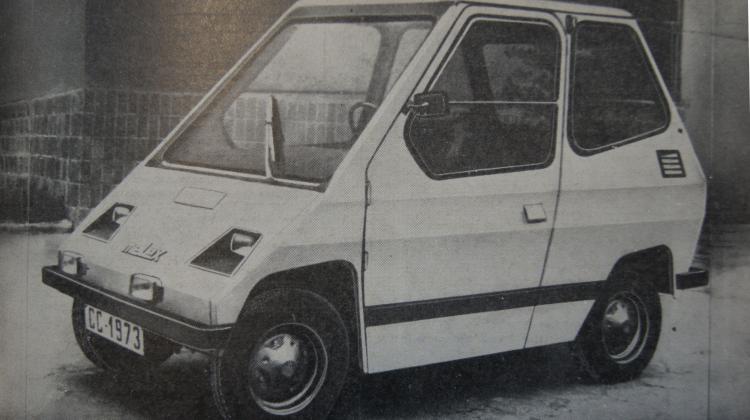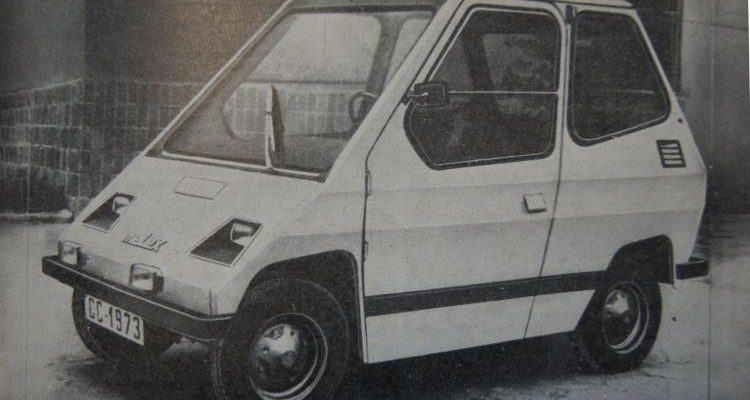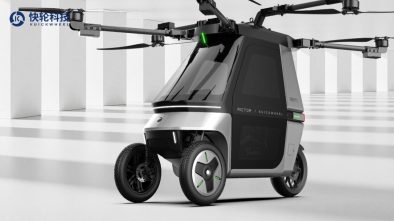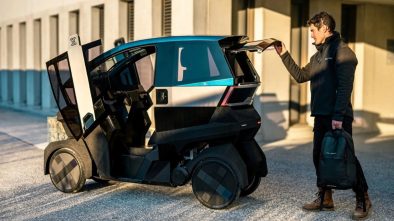Melex City Car
In April 1973, the construction of a prototype of an electric car, named City car Melex, was completed. It was the first electric city car built in Poland. The project ended at the prototype stage, but various types of electric Melex vehicles “for special tasks” are still being produced today.
The history of this car dates back to 1970, when designers from the WSK Mielec aviation plant (Mielc Communication Equipment Factory) built a small electric car, adapted to driving on golf courses. It was named Melex. The Americans became interested in this vehicle and soon they began to export them overseas in large numbers.
Three-wheel and four-wheel versions were developed for use on golf courses. Another project of the designers from WSK Mielec was the Melex City Car. After several months of construction work, the prototype was ready at the beginning of April 1973. Reports about the creation of this car appeared in many daily newspapers.
The first half of the 1970s was a good time for such projects. The authorities were trying to bring the Polish reality closer to what was happening in Western Europe. The process of universal motorization was initiated by the purchase of a Polish license for a Fiat 126p, the militia began to test Japanese and German motorcycles, and the flagship licenses of the period were introduced to the market – the Coca-Cola drink and the vitamin preparation Vibowit. Polish analysts have also noticed that in Western Europe more and more people are talking about electric mobility and ecology.
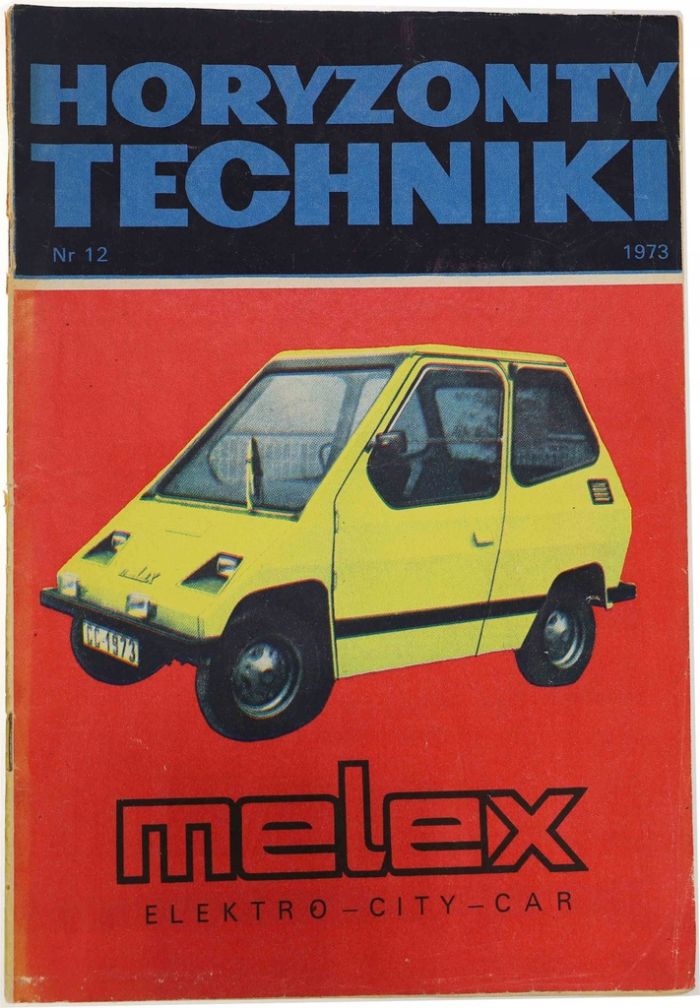
The Melex City Car was the result of cooperation between WSK Mielec and the German company Varta. The car could carry two people and 100 kg of luggage. It reached a speed of 60 km/h and it was possible to drive 70 km on one battery charge. During its construction, a number of elements from the Polski Fiat 126p car were used, e.g. front suspension, steering system and some parts of the electrical system. The problem was the batteries, which led the designers to cooperate with Varta.
The 36 V electric motor of this car had a power of 3 kW. The front suspension consisted of leaf springs, wishbones and hydraulic shock absorbers. The rear suspension consisted of coil springs, wishbones and hydraulic shock absorbers. Disc brakes were used on the rear wheels and a band brake on the engine shaft. The wheels were 12 x 135 and the turning radius was 4.3 m. The length of the urban prototype of Melex was 2610 mm, width 1450 mm, height 1570 mm. The vehicle weighed 600 kg.
Although this vehicle has been forgotten over the years, in its time it was a very promising design.
“The Melex city car was the forerunner of electric mobility, which we are now witnessing on a daily basis. It is also important that it was a domestic design. Although 50 years have passed, the shape and style of this car is still attractive to outside observers” – the automotive historian from the Motor Transport Institute, Dr. Bartosz Zakrzewski told.
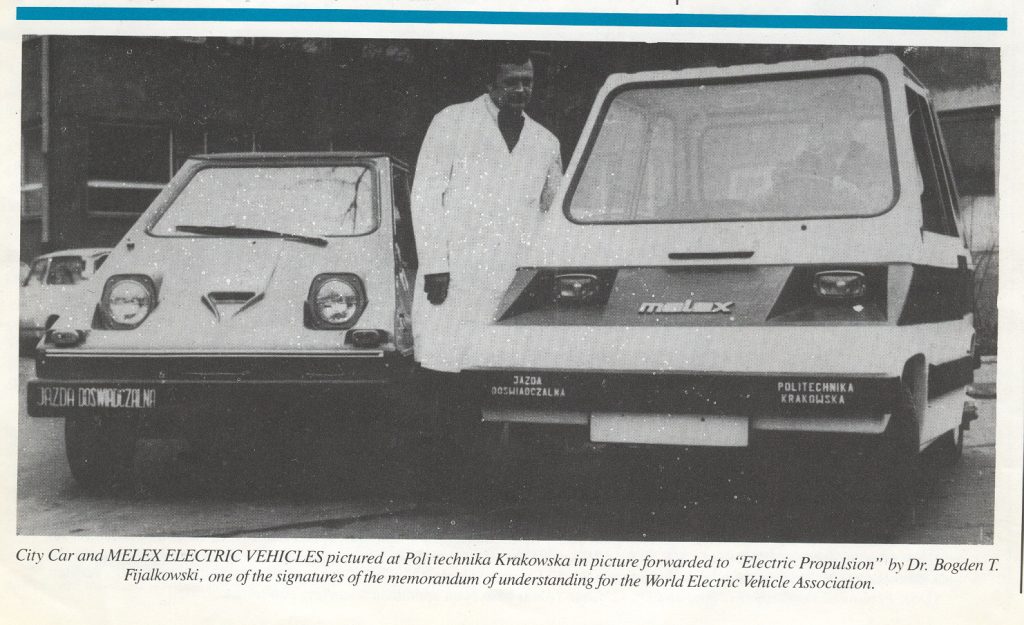
There is no clear information as to why this project ended at the prototype stage. There were probably a number of reasons, including the fact that Europe was not yet very interested in electric city cars. The second reason is that the Mielec plant received a lot of orders for golf cars and the plant’s priority was to improve production to meet the numerous orders. In such a situation, it was not possible to develop a new project.
The third key reason was the need to increase the vehicle’s range, which was limited by the state of battery design at the time. The weekly magazine “Motor” wrote in 1974:
“The city car will have to wait for widespread use. Attempts are being made to limit car traffic in the centers of large cities. (…) The problem of exhaust fumes has remained and will remain as long as the fuel cell has not been invented to ensure sufficient range and speed for electric vehicles”.
